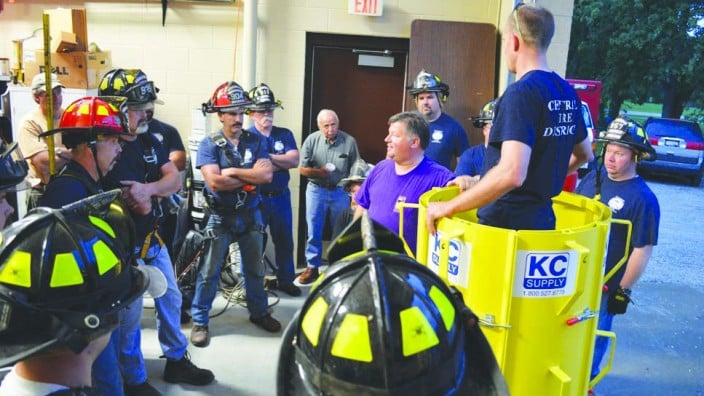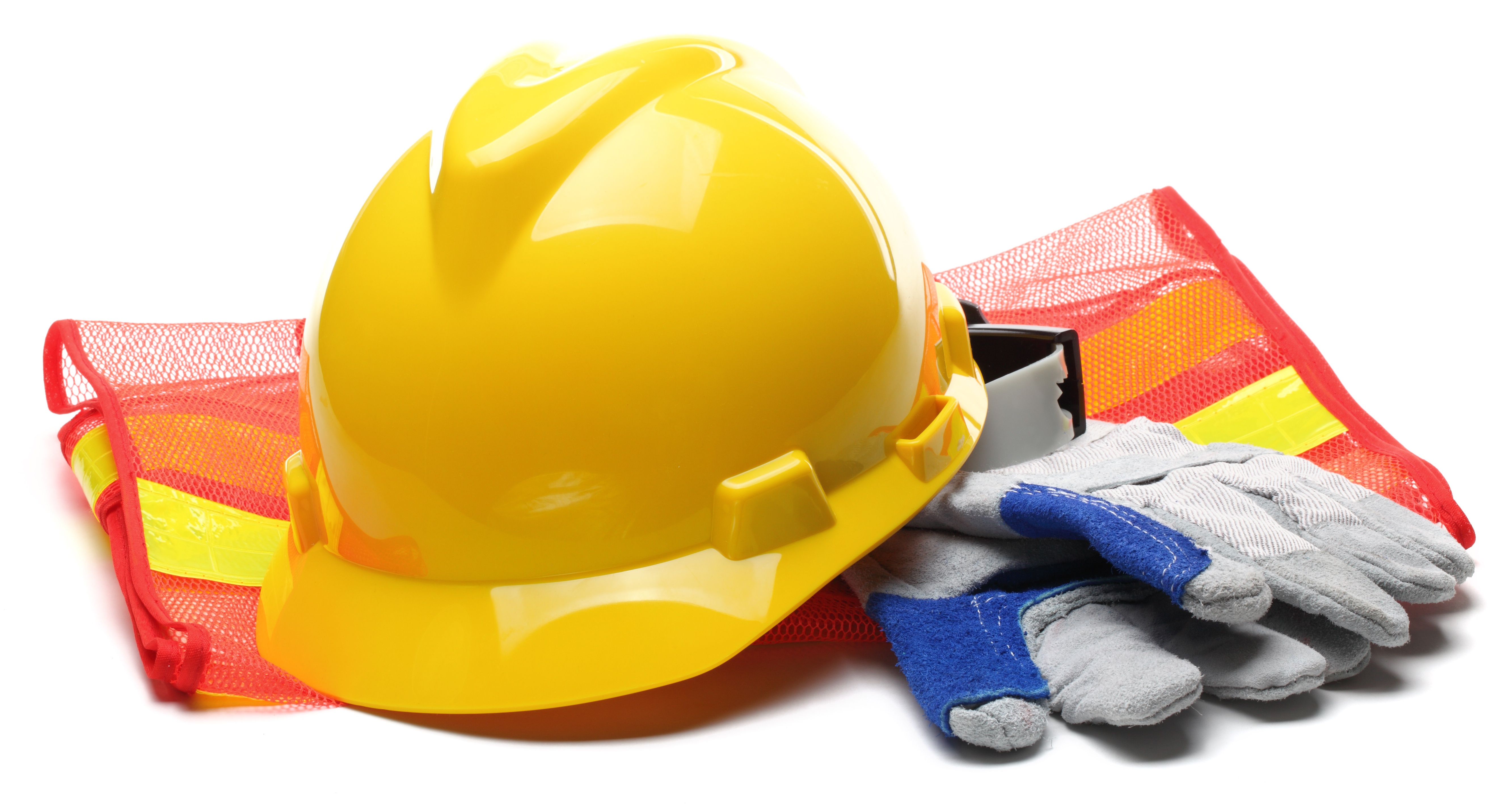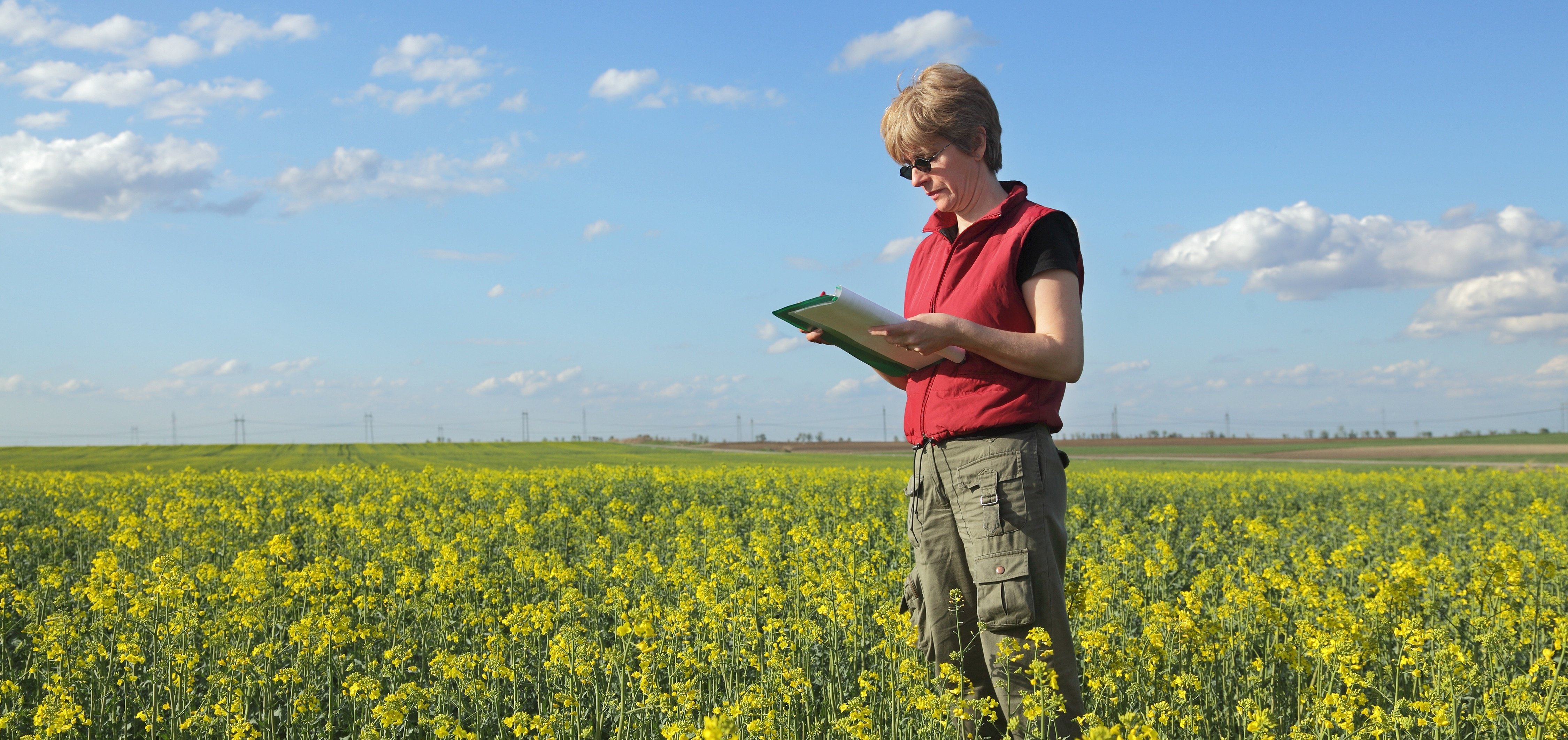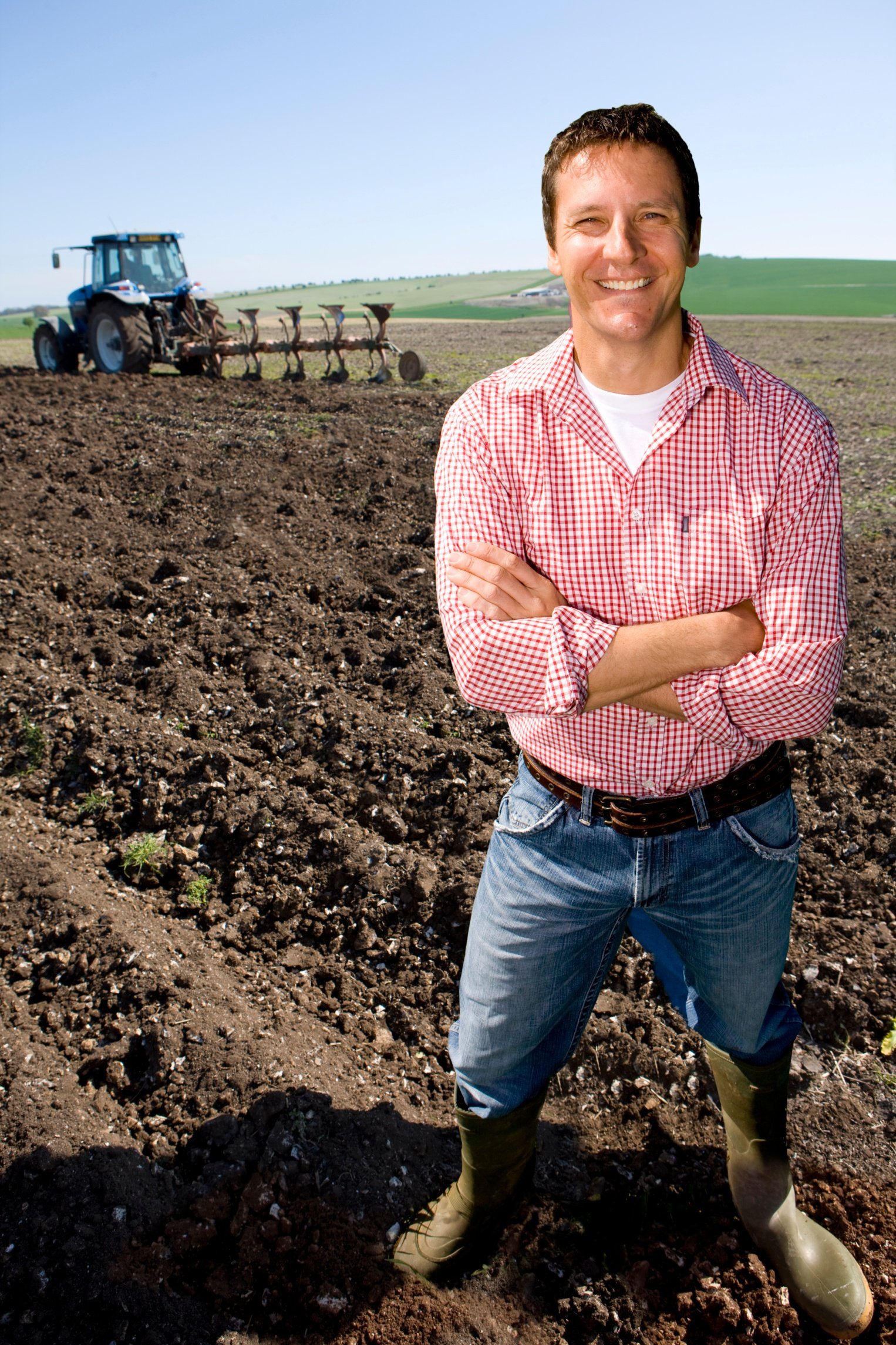As your business ramps up after lockdown, investing in a COVID-19 health and safety policy now can protect your employees and pay dividends for at least the next few months. Following this guide can protect your coworkers and help prevent another lockdown due to an outbreak – it’s mutually beneficial.
Here, we’ll help you translate the CDC and OSHA COVID-19 guidelines into a plan of action that works for your specific situation, whether you’re looking to assess your current policy or create a new one from scratch.
Implementation Tip – Who Writes The Guidelines?
As the supervisor or boss, you are responsible for the safety and health of your employees in the workplace.
- your experience is valuable in creating guidelines that are tailored to your workplace and your needs
AND
- your credibility is necessary to create a policy everyone can agree on and follow.
If you are unable to write the COVID-19 workplace guidelines yourself, make sure that you are heavily involved in the process and involve individuals who are qualified and experienced in health, safety, and human resources.







